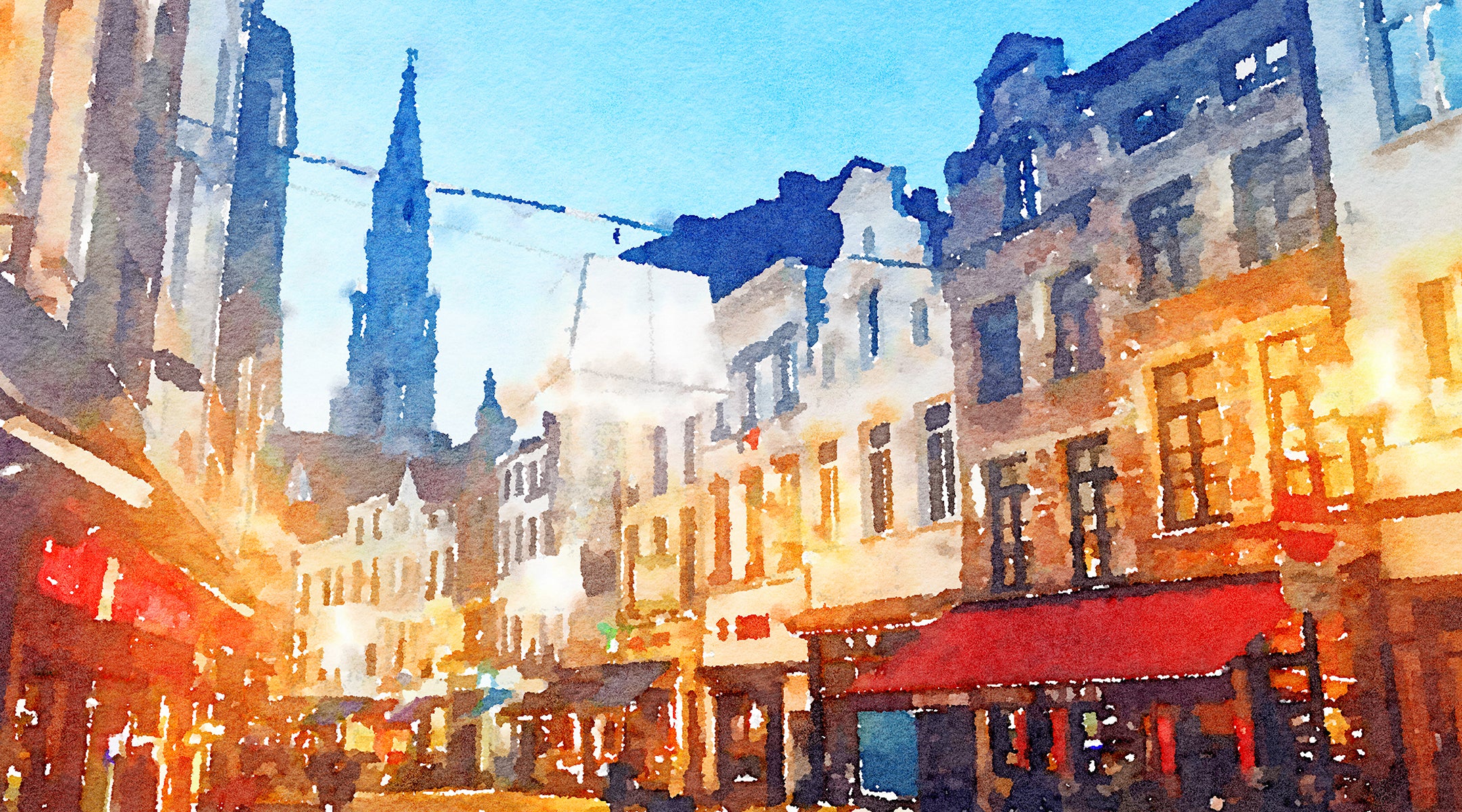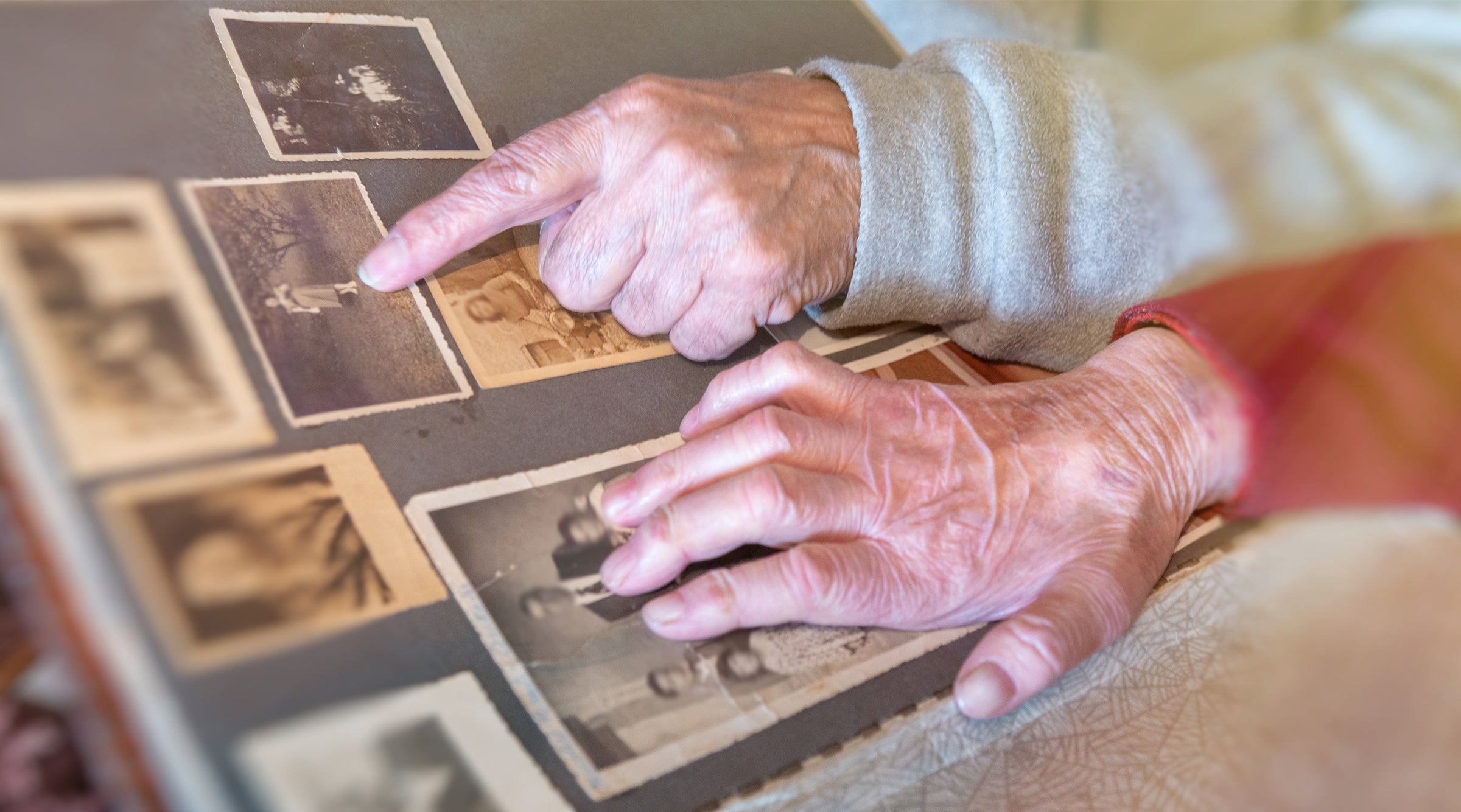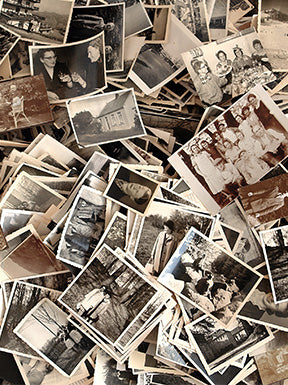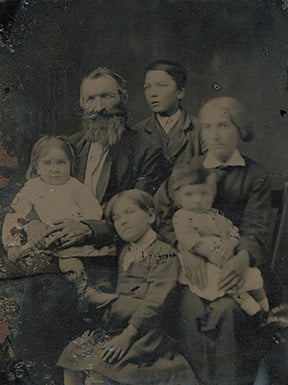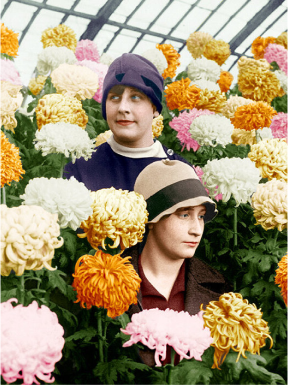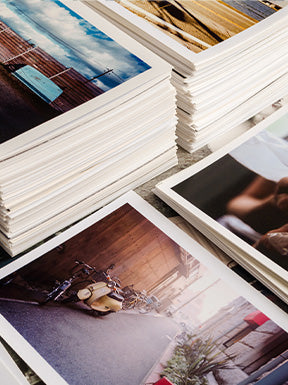A hundred years ago, we would never have imagined that photography would become one of the most popular hobbies and the best way to track history and keep memories alive. Right now, we share ten times more photos than we did on New Year’s Eve of 1999.
Technology has allowed us to have cameras on hand and create images of personal, day-to-day events, loved ones, and places we don’t want to forget. But how about those photos of our ancestors or great-grandparents? Through them, you can go back in time and uncover history and memories from old photographs.
The first photograph ever taken was “View from the Window at Le Gras” by Joseph Nicéphore Niépce in 1826. All was black and white until experimentation with color photography began in the late 1800s. While color became possible, hand-tinting black and white photos was more accessible and less expensive. -. For the past several decades, hand coloring was considered a lost art, a thing of the past. In the mid-1950s, color film became commonly sourced and marketed, so why would one need hand-tinting professionals?
While black and white photographs from our past are beautiful in their own right, there is charm and new life in bringing color to monochromatic photography. It humanizes and creates a new connection with people and events that feel so distant. Color photos represent humanity in all its unique and colorful glory. Each are conduits for nostalgia- color is simply an identification tool for relatability and emotion.
Recalling Emotions
Each photograph has its emotional significance. No one can deny the impact of seeing a photo such as “The Falling Man” taken by Richard Drew in the World Trade Center on September 11, 2001, where a man jumps out looking to escape the fire. Or maybe, the feeling of finding a family heirloom where we can see family members that we could never meet in our lifetime, someone who holds a light to our lineage. Photos generate a sentiment that we want to preserve for emotional or historical reasons.
When you add color to these images the story they tell becomes alive, which makes it easier to establish emotional connections to the people or the events portrayed. Studies have shown that different tones have various effects on our moods and perceptions of reality. For example, hues in the red area of the color spectrum, such as yellow and orange, add warmth to a setting and convey feelings of comfort, whereas colors on the blue side of the spectrum, such as green and purple, are considered cool and may communicate calmness.
In this way, colorizing provides a lot more information about the subjects of the photo and allows whoever sees it to register more details. When done correctly, with appropriate and realistic tones, this process can even make the contents of an image more memorable, as psychologists have found that colors make a greater impression on our visual memory.
With black and white photos, something magical occurs. When looking at that monochromatic image, it transports you to the actual moment it was captured. Our brains fill in color, along with the whole story, to recognize and relate.
Why Turn Black and White Photos Into Color
Adding color to a black and white photograph is a delicate process that can give these moments in time a splash of new life. All the concerns about colorization damaging them can be left in the past, too. Thanks to the photo editing software’s technological advances, the service is 100% digital, and the original is kept intact.
Turning a black and white photo into color is about experiencing a new perspective. It is about closing the gap of time and illuminating a relatable view of a person or place. Through colorizing, a great-grandmother’s portrait can contain genetic identifiers like hair and eye color. Or a great-great grandfather’s military pins can be seen in their colorful glory in a photograph.
Colorizing humanizes people who perhaps we’ve never met. It also adds new context to historical events to help us see them more compassionately. Photographs from wars, protests, concerts, weddings that once existed in black and white can now resonate in a new way with our contemporaries.
Uncovering the Colorization Process
The colorization process respects a photograph’s originality. Characteristics such as hair, eyes, skin, and clothing are made to appear natural and authentic. The first step is to understand the story behind the photograph. Perhaps the owner can pass this information, or there might be the need to research. Determining the historical period leads to specific color palettes, and examining the location or context contributes to materialities, such as the building materials of the surroundings and the landscapes. If the photograph owner has other photos of the people or places, they can also help as references.
The actual work on the photo involves creating numerous layers for each element of the image and then some more upon those, as they give the photograph more depth and tonality. Every detail is cared for, and there is a delicate balance between technical skill and artistic intuition in this process. Understanding how color tones translate into grayscale, slow and careful selections of each little nook and cranny, and patience are of utmost importance for realistic color matching, accuracy, and elegant blending.
To see a distant relative’s brown hair and rosy cheeks, the red jacket that your Great Aunt famously wore, the porch from a family home in the 1920s, or a historically significant event from the past in color provides opportunities for new connection and nostalgia.
If you want to know more about colorization and photo restoration, click here.


